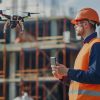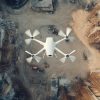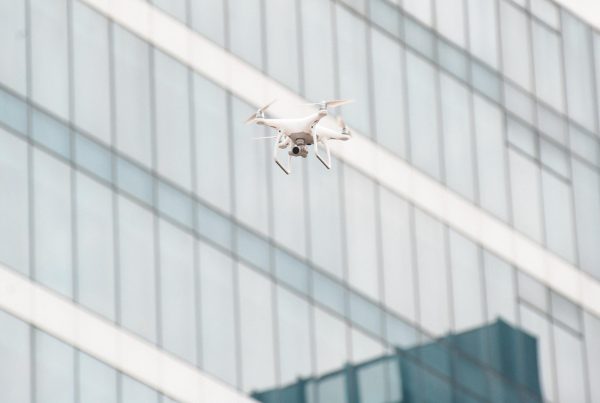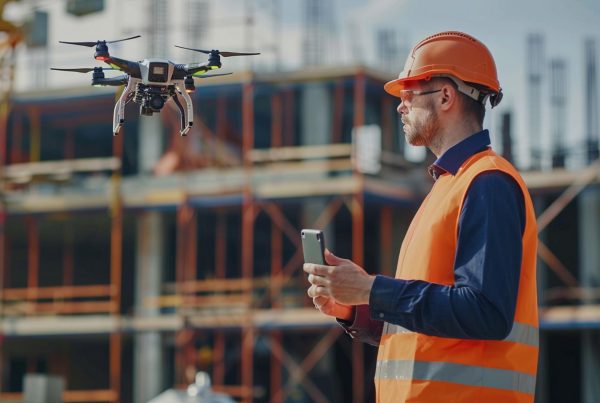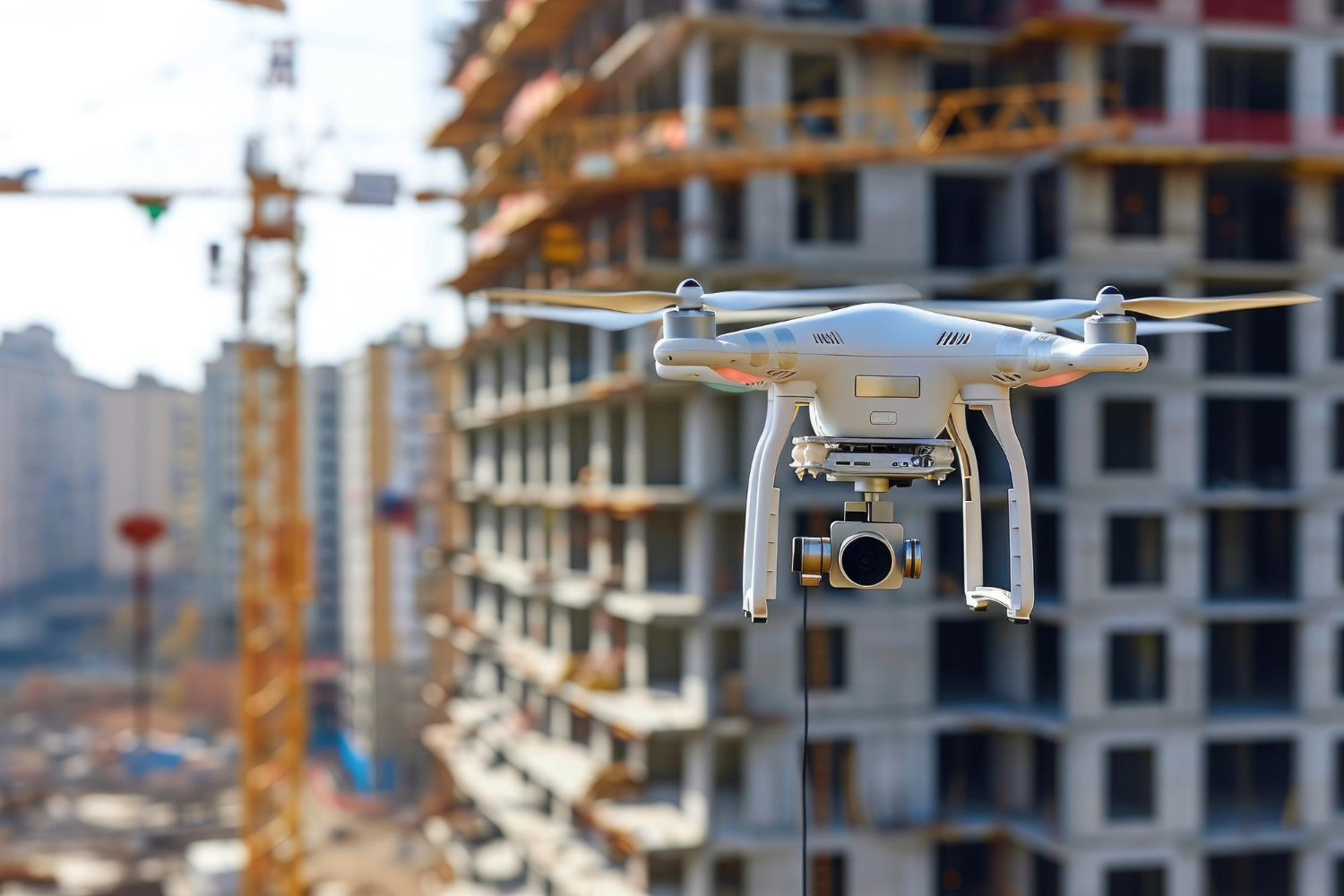
As construction projects advance in complexity, the demand for precise and timely project monitoring increases. This article examines the pivotal role of drones in modern construction management, particularly in tracking and supervising ongoing projects.
The integration of drone technology has been a game-changer in construction monitoring. These versatile aerial tools provide essential real-time updates that are critical for maintaining project timelines and budgets. Drones offer a comprehensive bird’s-eye view, making them invaluable for tracking overall progress against initial plans and swiftly identifying deviations. This aerial advantage allows project managers to make informed decisions rapidly, thereby avoiding costly delays and mitigating risks associated with project management.
Drones are particularly effective in managing large-scale or complex projects. They can quickly cover extensive areas, delivering high-resolution imagery that ensures all construction phases align with the architectural plans. This capability not only helps keep the project on track but also safeguards against the potential financial overruns that come from unexpected delays.
Furthermore, drones facilitate improved resource management. They provide detailed views of difficult-to-access areas, which is essential for proactive issue resolution and safety management. This reduces the need for physical inspections in dangerous or hard-to-reach areas, lowering the risk of accidents and enhancing overall site safety.
The use of drones also extends to digital integration. The data collected by drones can be synced with digital mapping tools and construction management software. This integration allows for dynamic site management, optimising the deployment of resources and enhancing operational efficiencies. For example, by monitoring real-time images, project managers can better allocate manpower and machinery, ensuring resources are used most effectively without wastage.
Additionally, the environmental impact of drone use in construction is significant. By reducing the need for frequent site visits, drones help minimise the carbon footprint associated with traditional monitoring methods, aligning with sustainable construction practices.
Continuing with our series on the transformative impact of drones in construction, the next article will focus on how drones contribute to enhancing safety and security on construction sites, preventing accidents, and ensuring efficient project execution.
Article 1: Transforming Pre-Construction Planning with Drones
Article 3: Enhancing Site Safety and Security with Drones
Article 4: Navigating the Legal Landscape of Drone Use in Construction
Article 5: Future Trends and Developments in Construction Drones




